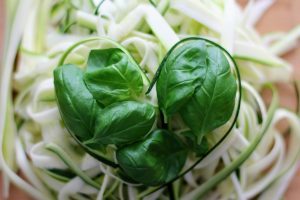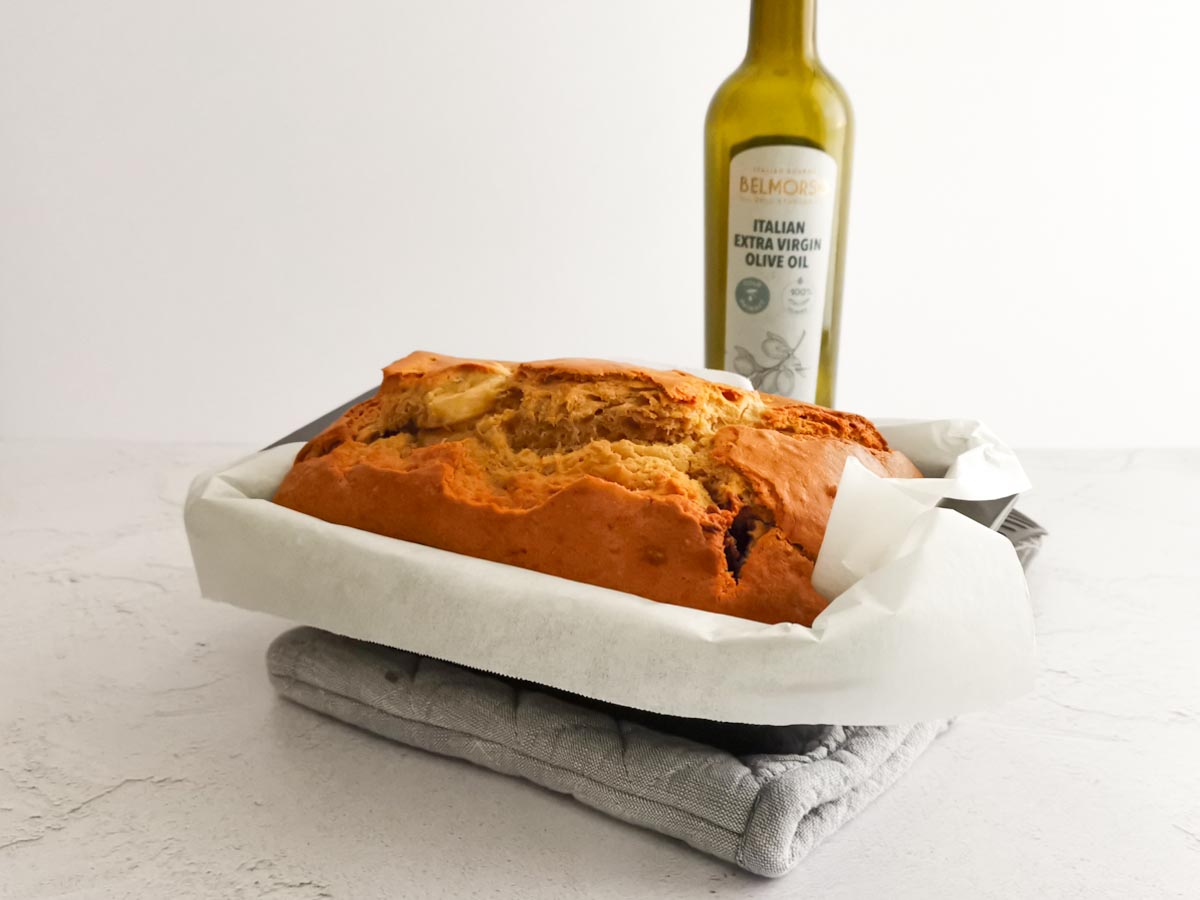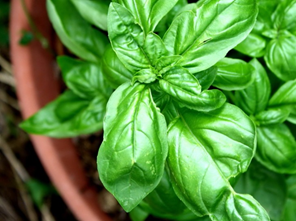
The Dinette Teller – 26. Classic Never Dies: the Basil
Origins & Varieties
The term Basil (Ocimum basilicus), derives from the Greek “Basilikos”, which means “The Royal Grass”. It has always been linked with holiness. It is namely told that it grew up for the first time at the base of the Jesus Cross and harvested by Empress Elena.
Basil is part of the Labiate family. It is a herbaceous annual specie, with green leaves, It can also be purple or red-coloured in some rarer varieties, such as the “Mexican” and the “Dark Opal” ones. This herb originated in India and it was traded by Arab merchants towards the Western regions.
There are more than 60 varieties of basil but the most common are “Crispum”, the classic Italian and “Napoletano” very popular in Naples.
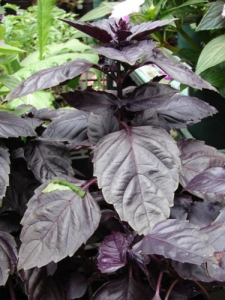
Growing Basil
Basil can be cultivated in a greenhouse or even in a vase outdoor. It requires few attentions: the sun, a warm temperature and regular water.
The best period to plant the seeds is during the Spring, especially between March and April. Basil starts to bloom between June and September.

Culinary Tradition
Nowadays basil represents one the most popular symbol of the Italian cuisine. The most popular basil-based preparation is the green pesto.
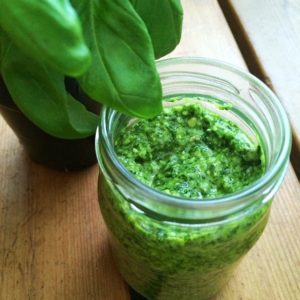
Basil Pesto
Our pesto is produced by a small supplier in Salento, Puglia (Southern Italy) made following the Italian traditional recipe. Using the best quality ingredients, harvested at the correct time for a peak. Keeping the characteristic of the “homemade” products and at the same time conform to the highest quality standards.
Ingredients
- Made with fresh Italian basil leaves.
- Pecorino Romano Cheese (A type of cheese that gives the end result of a sharper flavour. Used in the traditional Italian handmade pesto recipe),
- Pine nuts as in the original recipe
- Extra virgin olive oil
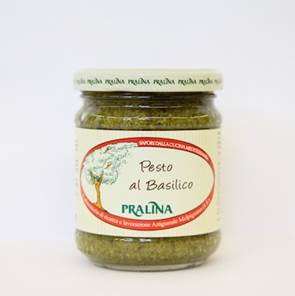
How to use
- The most important rule of cooking basil pesto is: don’t cook it – The heat, and in particularly prolonged exposure to high heat can ruin the flavour of the fresh basil.
- Ideal with pasta. (Dilute the sauce with 2/3 spoons of cooking water and then pour it on pasta).
- Spread directly on bread and crostini;
- Use as dip or spread on chicken recipes (always off the heat)
- Use as a side dish to fish and shellfish
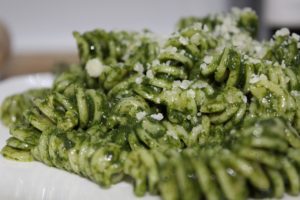
Recipe
- Bring a large pan of water to the boil and add salt when the water is boiling.
- Add fusilli pasta to the boiling water and cook according to the pack instructions until al dente.
- Dilute the pesto with 2/3 spoons of the pasta boiling water to make the basil pesto
- When the pasta is ready drain it and Use a large bowl to mix the pasta and the sauce.
- Serve immediately with a drizzle of extra virgin olive oil and some Parmigiano cheese.
Health Benefits & Nutritional Information
Basil is also considered one of the healthiest herbs. It’s best when fresh, exuding a sweet, earthy aroma that promises a pleasant flavour but also an impressive list of nutrients.
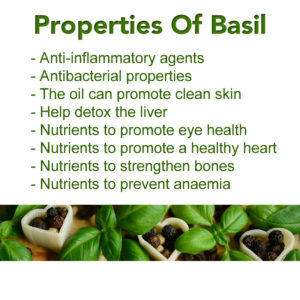
Rich in vitamin K for healthy bones Acts as an anti-inflammatory food
Have nutrients for cardiovascular health
Full of Vitamin A for healthy vision
Offer the body antibacterial protection
Rich in manganese for skin integrity
Full of flavonoids for cell protection
Contains iron to prevent anaemia
Has properties to help lower cholesterol
Can act as a natural aphrodisiac
Contains vitamin C for healthy skin
Has nutrients to reduce risk of cancer
Myths and Legends
A herb of mix emotions. For instance, in the midst, it became known as the “devil plant”. The ancient Greeks and Romans believed that basil would not flourish unless unprintable abuse was hurled at it. Paradoxically, they also consider the plant as the symbol of love. On the contrary, during the Dark Ages people argued that the Basil was the symbol of hate.
Paradoxically, they also consider the plant as the symbol of love. On the contrary, during the Dark Ages people argued that the Basil was the symbol of hate.
However, in 1800, in India, some Englishmen used to wear basil-wooden chain, to keep the electricity of the lightning away. During eclipses, the basil was usually used to purify the natural sources of water.
